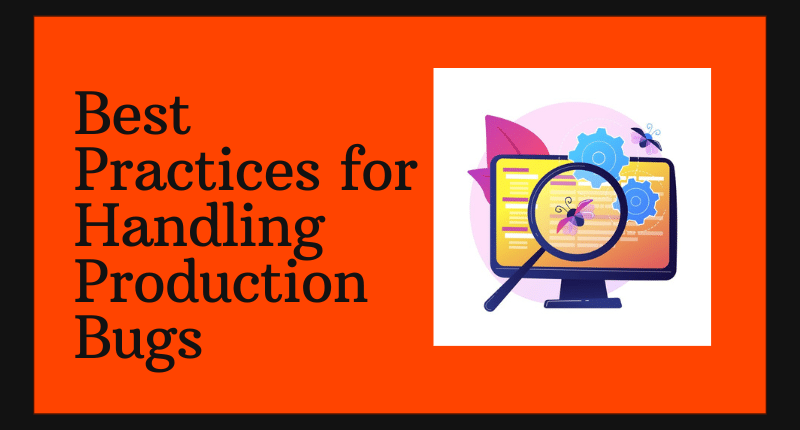In the world of software development, bugs are inevitable. Despite our best efforts in testing and quality assurance, some bugs still manage to slip through and make their way into production environments. When this happens, it’s crucial to have a robust process in place for identifying, prioritizing, and resolving these bugs efficiently. In this blog, we’ll discuss some best practices for handling bugs to minimize their impact on users and maintain the integrity of your software.
1. Establish a Bug Tracking System:
Use a dedicated bug tracking system, such as Jira or GitHub Issues, to log and track bugs. This helps ensure that no bugs slip through the cracks and allows you to prioritize them based on severity and impact.
2. Reproduce the Bug:
Before you can fix a bug, you need to be able to reproduce it consistently. Gather as much information as possible about the conditions under which the bug occurs, including steps to reproduce, relevant logs, and screenshots.
3. Prioritize Bugs:
Not all bugs are created equal. Use a systematic approach, such as the MoSCoW method (Must have, Should have, Could have, Won’t have), to prioritize bugs based on their severity and impact on users.
4. Assign Ownership:
Assign bug to a each team member who is responsible for investigating and fix them. This helps ensure that bugs are not overlooked and that there is accountability for resolving it.
5. Fix the Bug:
Once you have identified and prioritized a bug, work quickly to fix it. Depending on the nature of the bug, this may involve writing new code, refactoring existing code, or updating dependencies.
6. Test the Fix:
Before deploying the fix to production, thoroughly test it to ensure that it resolves the bug without introducing any new issues. Automated tests can help streamline this process.
7. Deploy the Fix:
Once the fix has been tested and verified, deploy it to your production environment. Be sure to communicate the deployment to your users and monitor for any new issues that may arise.
8. Review and Learn:
After resolving a bug, conduct a post-mortem to review what went wrong and what can be done to prevent similar issues in the future. Use this as an opportunity to learn and improve your processes.
9.Monitor for Recurrence:
Even after a bug has been fixed, it’s important to monitor for any recurrence. Keep an eye on relevant metrics and user feedback to ensure that the bug has been permanently resolved.
In conclusion, handling production bugs requires a systematic approach that prioritizes transparency, communication, and collaboration. By following these best practices, you can minimize the impact of bugs on your software and ensure a smoother experience for your users.




